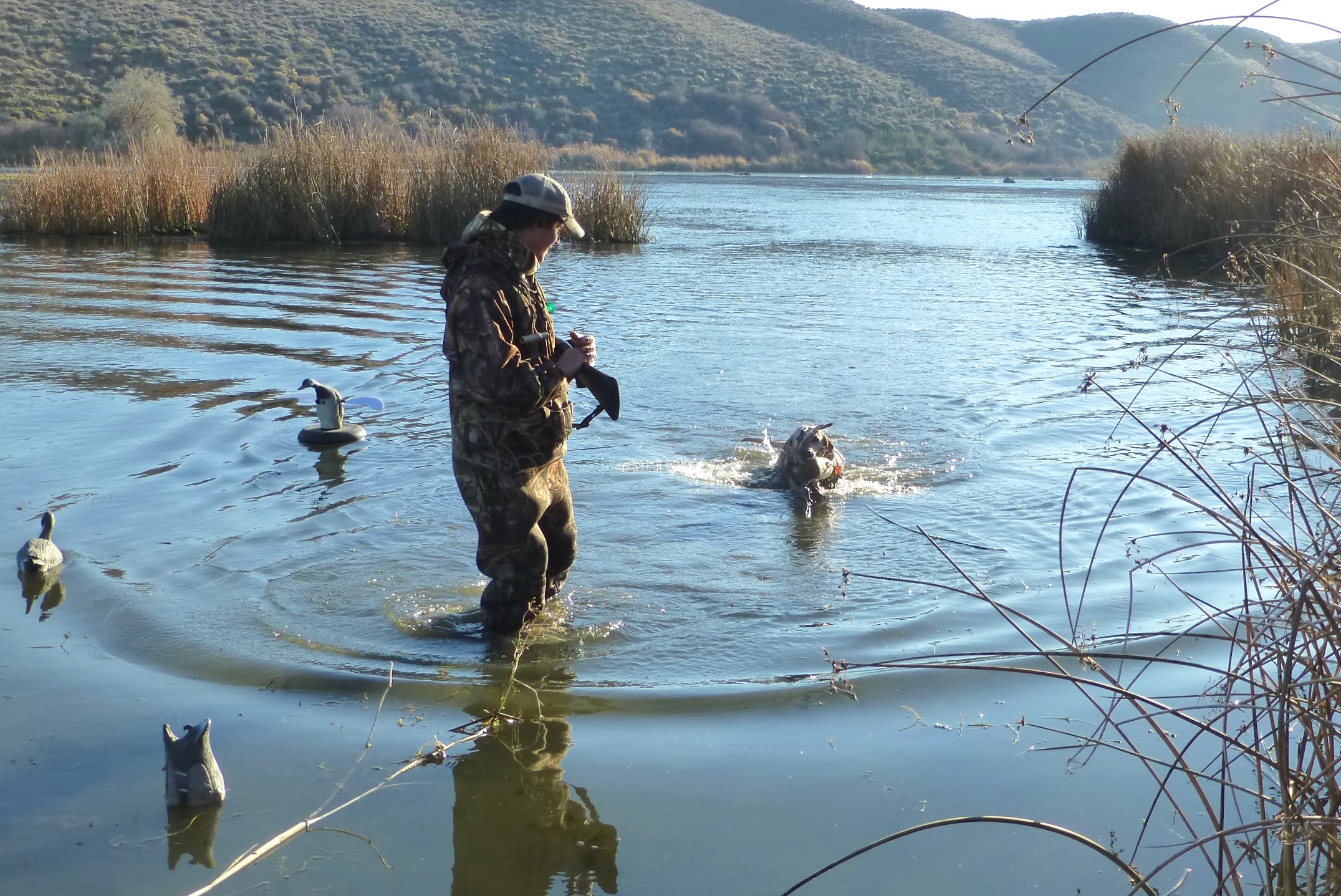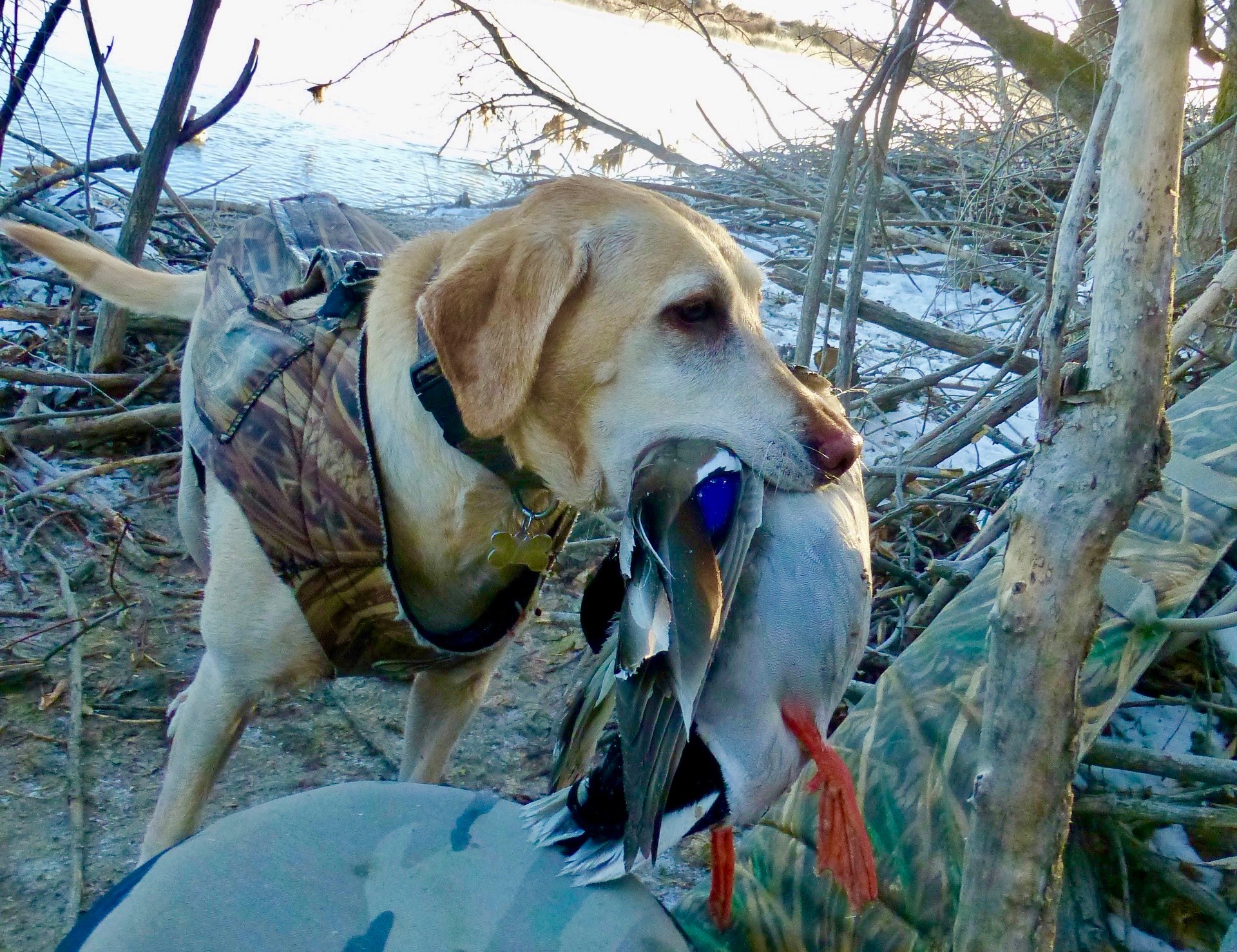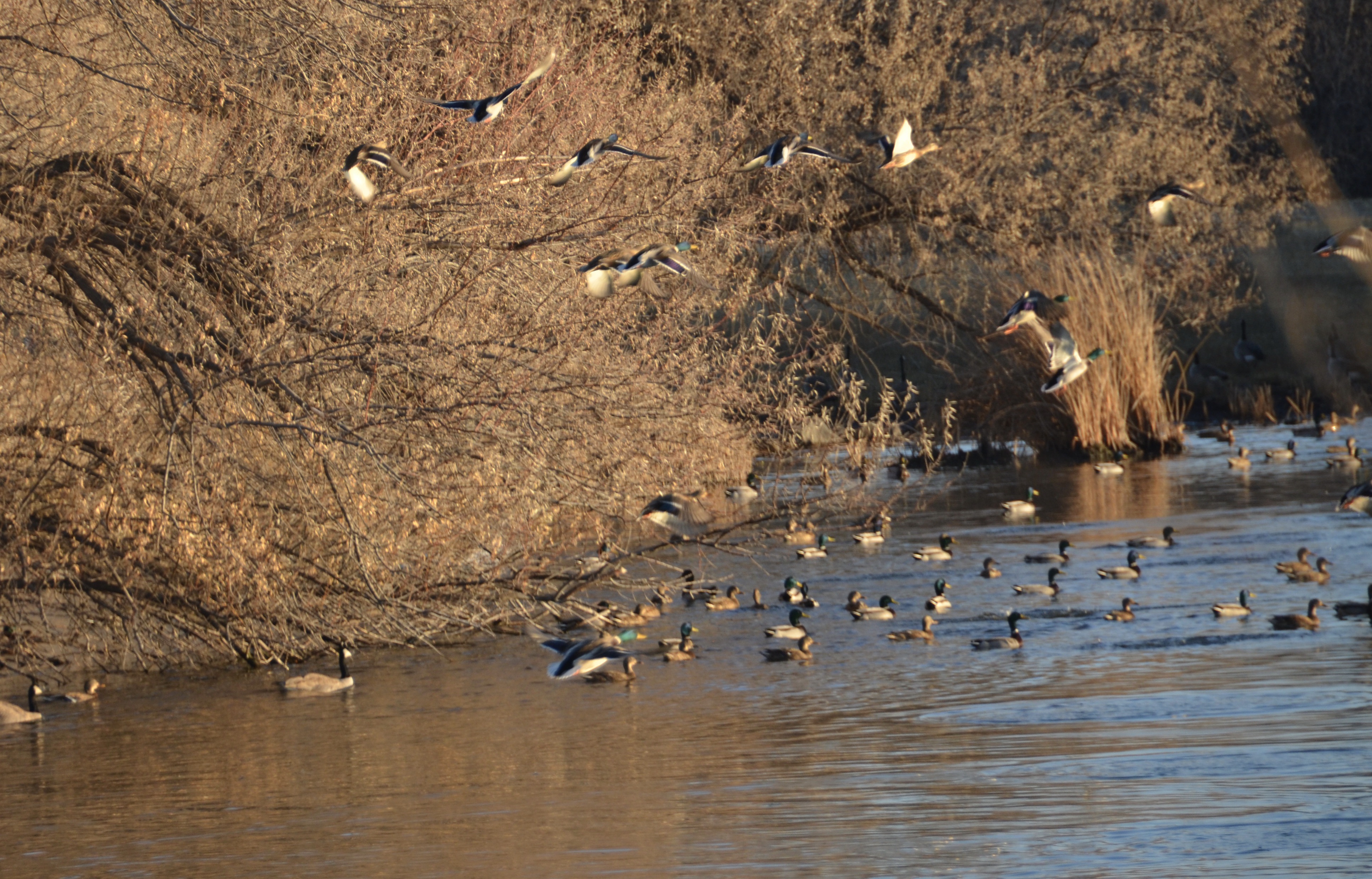The Snake River in southern Idaho is a stopover and breeding area for tens of thousands of ducks and geese, which means it’s also a destination for waterfowl hunters. The river has hundreds of miles of publicly accessible waters and numerous access points, which means nearly anyone can find a hunting spot there and have a chance to shoot some birds.
But the Snake River also comes with some challenges, as well as some potential hazards, when hunting on a large, powerful river during fall and winter.

The good news
The Snake River’s character varies as it flows through southern Idaho and features a series of reservoirs with backwaters, islands, side channels, tributaries and sloughs, so there’s a huge variety of waterfowl habitat where you can hunt over decoys, pass shoot or jump shoot. Fish and Game and other entities provide many access spots to the river, including boat launches and walk-in areas.
Depending on what portion of the state you’re in, the Snake typically remains ice free throughout most of fall and winter, and adjacent agriculture land provides an ideal situation for waterfowl to roost on the river and travel to nearby fields to feed, as well as feeding and resting on the river.
The challenges
The Snake’s varied character from deep to shallow, placid to raging rapids, narrow and rocky to broad and meandering, can make it difficult to navigate. Boaters must contend with rapids, sandbars, thick aquatic vegetation, strong currents, slow currents, brushy shorelines, and many other things that can make boating (and wading) potentially hazardous. Add to that, waterfowl season often coincides with frigid and windy weather.
While there are numerous public access points, there are also long stretches with limited, or no, public access, and there’s often some form of navigational challenges for any type of watercraft to safely and easily travel up and down the river.

Hunting the mighty Snake
So the Snake has lots of waterfowl and room for hunters, but how do you get to the birds? First, you have to decide how you want to hunt, and which method will likely be most effective. Many popular hunting methods can be effective on the Snake and offer good choices depending on the location and character of the river.
Decoy hunting
The tried-and-true method is to find where birds congregate, then set out your decoys, find a place to hide and wait. But that applies to anyplace, right?
Decoy hunting on the Snake may require some effort beyond finding birds. First, you’re likely to be hunting moving water, which means you may need a little more line on your decoys and/or heavier anchors. The Snake tends to have lots of drifting vegetation, which can tangle in your decoys and drag them downstream. Pay attention to where you place your decoys, or you may spend a lot of time chasing them downstream instead of hunting.
Speaking of current, make sure your dog has a safe place to retrieve wounded birds. Many dogs have been swept downstream from strong currents on the Snake and had to be rescued. Also watch where swift current runs through shoreline brush, trees, branches etc., which could entangle your dog and create a dangerous situation.
Many hunters set up blinds or hide in the reeds and brush along the shore and on islands. Hunters are allowed to use these locations if they’re below the high water mark. To see a legal description of the high water mark, see page 35 of the Idaho Migratory Game Bird Seasons and Rules. But remember much of the shoreline and many islands along the Snake are private land, so get permission if you’re above the high water line.

Jump shooting
Walking the shoreline, islands, sloughs or floating the river can get you within shooting range of ducks and geese. Floating the Snake is probably the most popular and allows you to cover a lot of area. The key is to be stealthy and quietly move along the shoreline and flush ducks.
That’s the straightforward part, but there are other things to consider when floating the Snake. Make sure you know your take-out point and you can safely navigate the river. Also watch the weather, especially the wind direction. Where there’s gentle current, a strong upstream wind can slow, or stop, your progress and make for a long day on the river.
Always know what’s on shore or near shore and what direction you’re shooting. There are homes, livestock, pump houses, farm equipment and other things that can be surprisingly well concealed by the shoreline vegetation.
Make sure you’re in a river-worthy craft and think safety. An overturned canoe or kayak can quickly become a life-threatening situation in frigid water, and even if it’s shallow water, more than one hunter has donated a shotgun to the Snake River after they capsized a boat.
Here’s more information about jump shooting.
Pass shooting
This method requires nothing more than a shotgun and some patience. You don’t even need a dog if you’re in a spot where you can easily wade to retrieve downed birds. Find a spot along the river and wait for ducks and geese to pass within shotgun range. Scouting will definitely help you be successful pass shooting. Make sure you’re not trespassing, or trespassing to access your hunting spot.
Pay attention to when ducks are most likely to be flying, which is usually early mornings, late afternoon and early evening (make sure you know when shooting hours end). Don’t hesitate to toss out two or three duck decoys and blow a duck call. You might not get the ducks to land, but it might pull a passing duck to within shotgun range.
Geese will often leave fields late morning and travel to the river to rest, and if you can find a spot where they pass, it’s a rare opportunity to shoot a goose without having to use decoys.
How to find access points
Fish and Game’s boating access guide is available at regional offices and shows lots of places to access the river.
You can also see access points between Glenns Ferry and Weiser on the Snake River Water Trail website.
Regardless of where or how you hunt the Snake, it’s is a great place for waterfowlers, but make sure you give it the respect it’s due.
For people new to waterfowl hunting, see this previous article "Back to Basics Approach to Waterfowl Hunting" and see this video about duck hunting on the Snake River.

